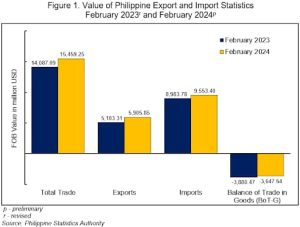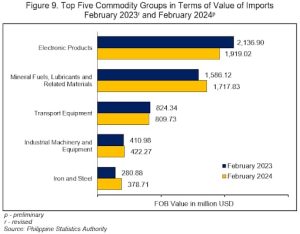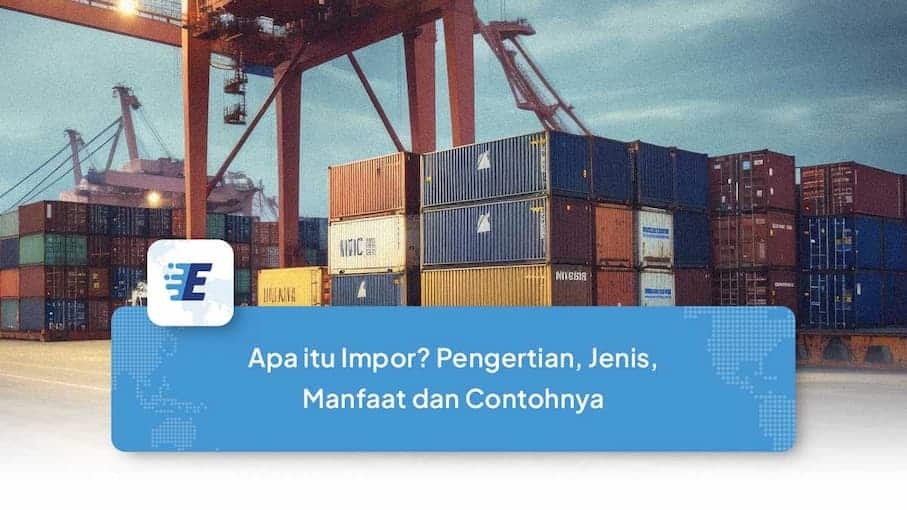The Philippines is an island country in Southeast Asia that plays an important role in global trade. With a developing economy and considered a newly industrialized country in the Asia-Pacific region, the Philippines' GDP will increase by 7.6 percent in 2022. Although not a member of the G20, the Philippines is included in the category of second-tier developing countries or newly industrialized countries.
In terms of imports, the Philippines ranks 33rd globally. The Philippines' main import partners include China, Indonesia, Japan, South Korea, the United States and Singapore.
So, what exactly are the items that the Philippines imports the most? In this article, we will briefly review imported Philippines, latest data regarding imports, as well as several examples of imported commodities that this country relies on.
Philippine Imports at a Glance
List of contents
Philippine imports are an important part of the Philippine economy, involving a large number of goods from various sectors. Most of the Philippines' imports are raw materials and finished products used to meet domestic needs as well as for the manufacturing and construction industries.
Food ingredients such as rice, sugar and meat are the main imports which are important to meet the population's food needs. Apart from that, the Philippines also imports electronic products such as computers, smartphones and household appliances.
Read Also: Details of the Cost of Living in the Philippines: Cheaper Than Indonesia?
Imports of motor vehicles, medical equipment, textiles, and fuel also form an important part of the country's import flow. Philippine import data reflects the diversity and complexity of the country's economy as well as its dependence on international trade to meet consumer needs and support the growth of key industrial sectors.
Philippines Import Data
The Philippines is a country located in Southeast Asia and in the western Pacific Ocean. Based on the latest data, the total value of imported goods in the Philippines in February 2024 reached USD 9.55 billion, showing an annual increase of 6.3% compared to USD 8.98 billion in February the previous year.
In 2024, the Philippines recorded a year-to-date (YTD) decline in import value of 0.5%, with total imports from January to February 2024 amounting to USD 19.88 billion compared to USD 19.98 billion in the same period last year. previously.
Electronic goods remain the main imported commodity, with a value of USD 1.92 billion or 20.1% of total imports. Apart from that, mineral fuels, iron and steel, lubricants, and transportation equipment are also significant import commodities.
Source: Philippine Statistics Authority & CEIC Data
10 Import Commodities in the Philippines
Examples of Imported Commodities in the Philippines include various types of goods that are an important part of the country's trade activities. Some examples of imported commodities in the Philippines include:
1. Electronics
Electronic goods such as computers, cell phones, electronic household appliances and other electronic components are one of the Philippines' main import commodities.
2. Machines and Equipment
The Philippines imports various machinery and equipment such as industrial machinery, agricultural equipment, medical equipment, and construction equipment to support various economic sectors.
Read Also: 11 Best E Wallet List in the Philippines
3. Fuel and Mineral Oil
This country imports fuels such as petroleum, natural gas and other fuels to meet domestic energy needs.
4. Vehicle
The Philippines imports motorized vehicles such as cars, motorbikes, trucks and other vehicles to meet demand in the automotive industry.
5. Iron & Steel
Commodities such as iron, steel and their derivative products are imported to support the construction, manufacturing and infrastructure industries.
6. Fertilizer
The Philippines also imports fertilizer and other agricultural chemicals to support the agricultural and plantation sectors.
7. Textiles and Clothing
Goods such as fabrics, apparel, footwear, and textile accessories are part of Philippine imports to meet fashion and textile needs.
8. Processed Foods
The Philippines imports processed foods such as milk, frozen meat, fish, dried fruits, and ready-to-eat foods to meet consumer needs.
9. Chemical Products
Chemicals such as medicines, pesticides, industrial chemicals and cosmetics are also imported by the Philippines for various purposes.
10. Medical Devices
Medical goods such as medical equipment, laboratory equipment and medicines are also an important part of the Philippines' imported commodities for the health sector.
That is the discussion regarding imported Philippine commodities. Discover exciting business opportunities and explore global markets in more depth with sending money to the Philippines easier with Easylink.






